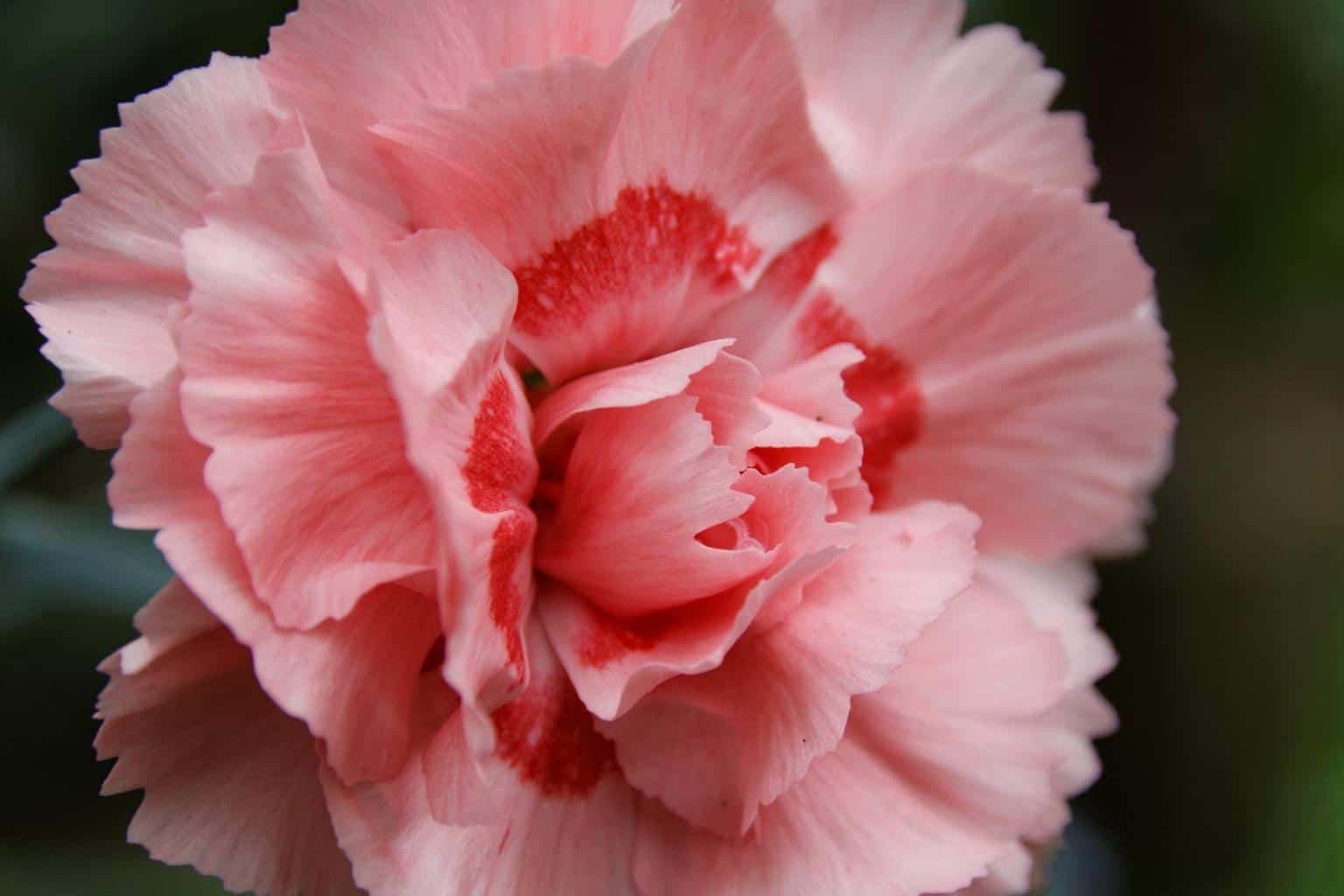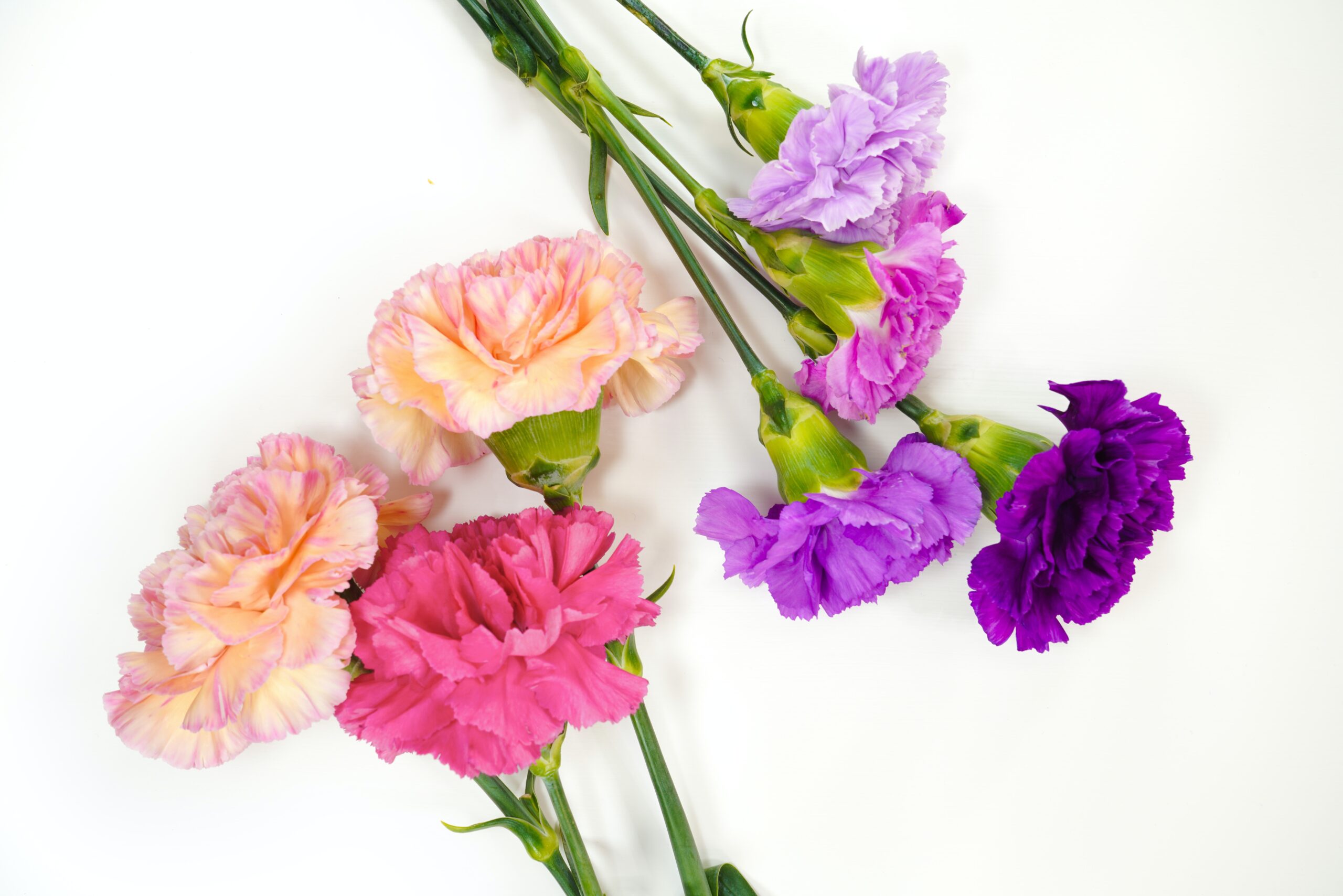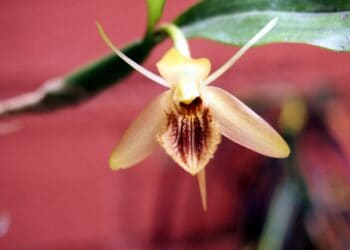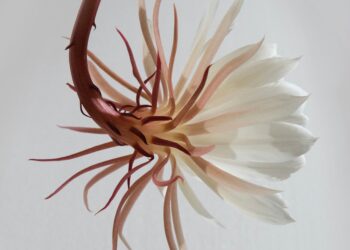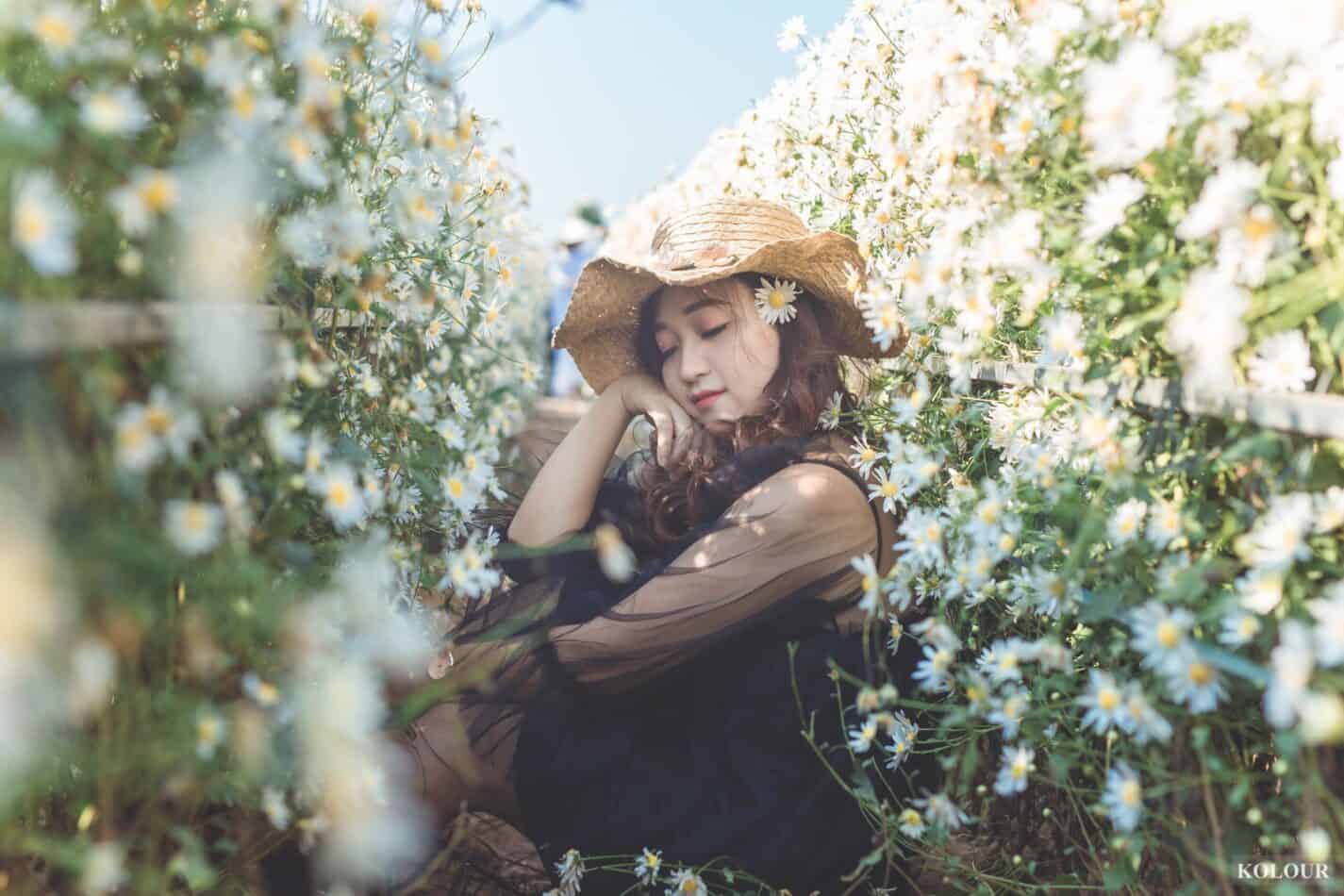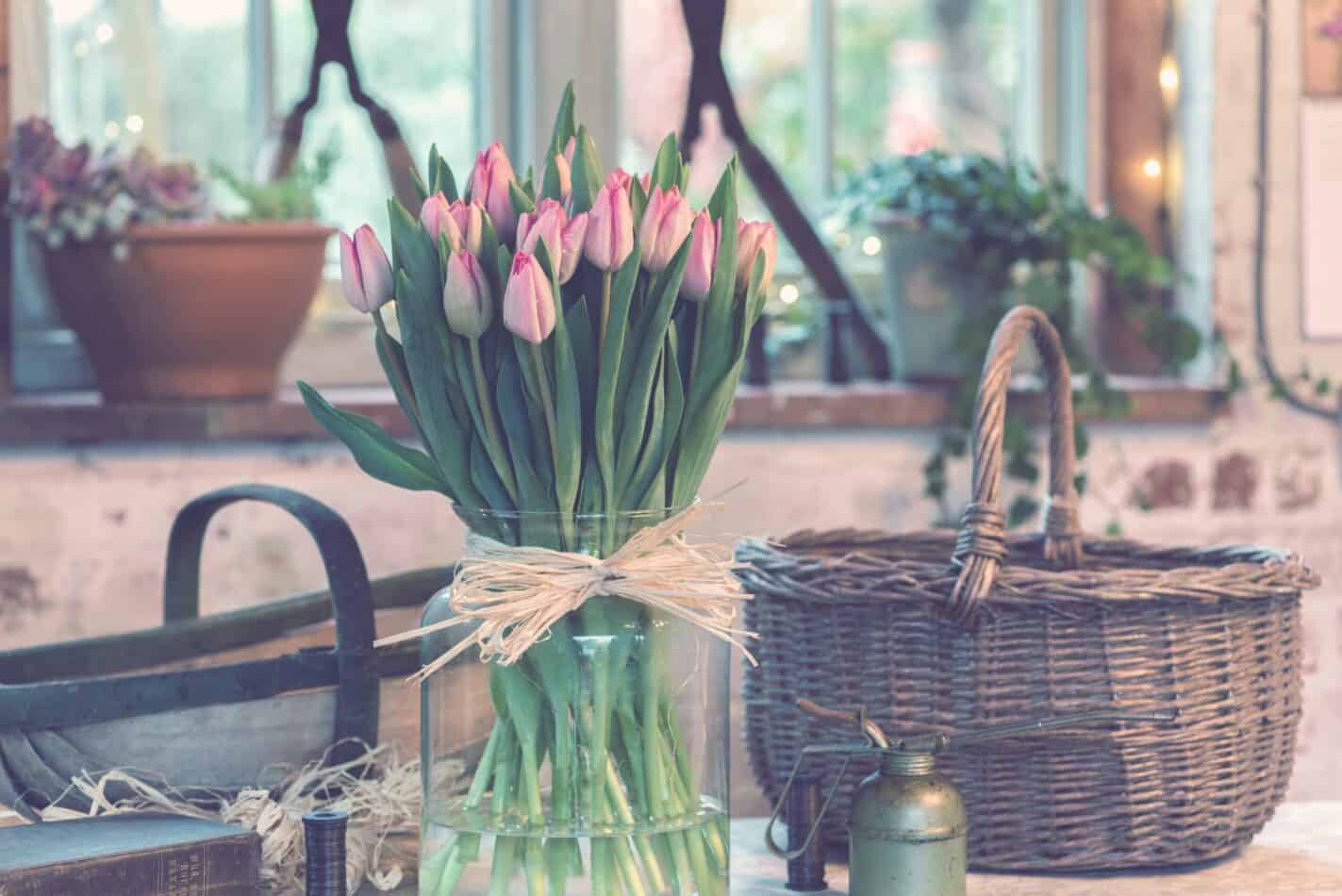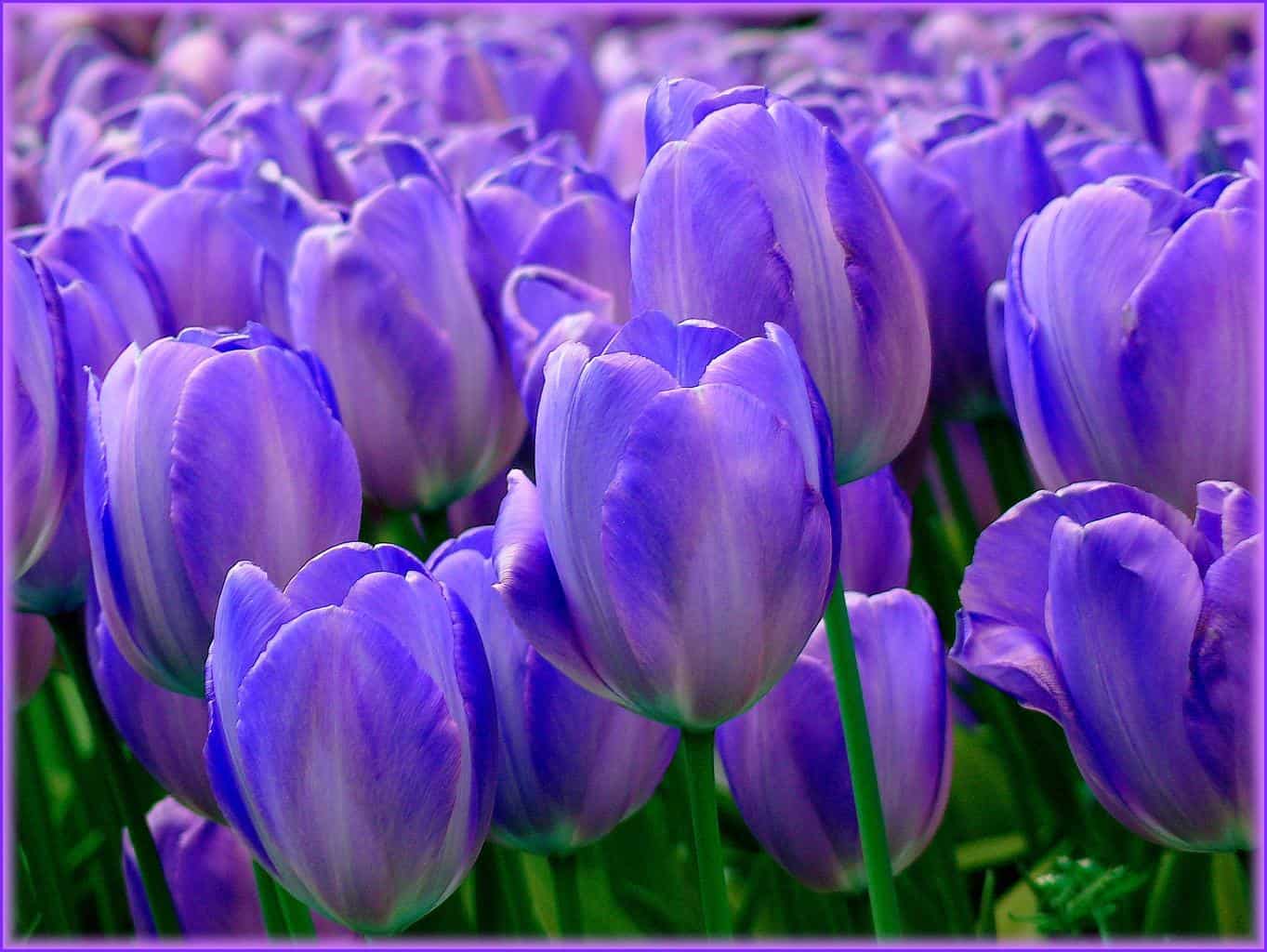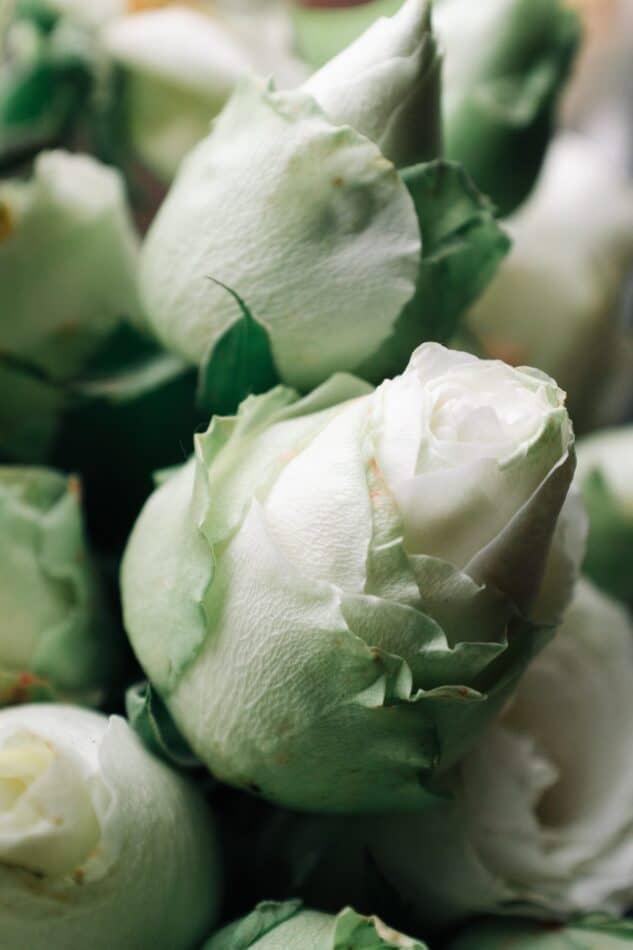Carnations are the most popular flower for use in corsages and boutonnieres. They are a popular cut flower for bouquets also because they are long-lasting after being cut from the plant.
Carnations are also called ‘pinks’ because the edges of the petals are spiky and appear to have been cut with pinking shears.
The flower is native to the Mediterranean area. It is cultivated for its fringe-petaled flowers and spicy fragrance. The plant is used extensively in the floral industry but it also contains essential oils that are used for medicinal purposes and the flower petals are edible.
Read on to discover more about this beautiful and common flower.
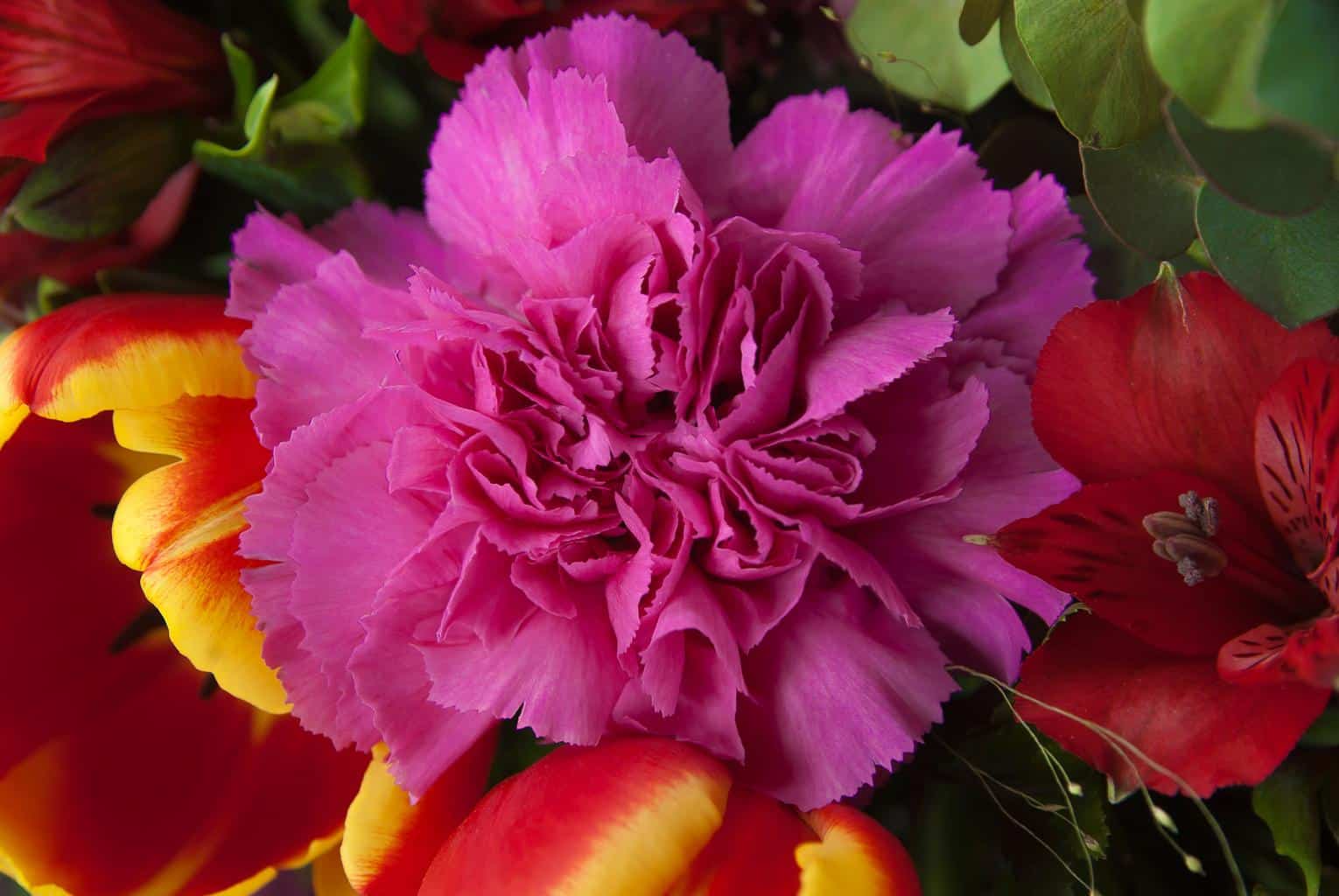 Carnation Legends
Carnation Legends
The carnation is one of the oldest cultivated flowers and has been known since Greek and Roman times. Due to its age, many legends and tales surround the flower.
*According to one legend, Diana, goddess of the hunt, was returning from an unsuccessful hunting trip. She came by a shepherd playing the flute in the field and blamed his music for an unsuccessful hunt. In a fit of rage, she attacked the shepherd and plucked out his eyes. After she cooled down, she regretted her harsh actions. Where the eyes of the shepherd fell, red carnations grew as signs of innocent blood-shed.
* Another legend tells us that carnations (Dianthus) were named after Zeus since the name Zeus in greek is dios and flower is anthos.
* Some people believe the flower got its name from the word coronation since Greeks used the flower for creating ceremonial crowns. The name may have also originated from the Latin word carnis, which translates as the word flesh since the early carnations were mainly pink.
* Christian legend describes how carnations bloomed when the tears of the Virgin Mary fell onto earth while weeping for her son on his way to Calvary.
* In the Netherlands, white carnations are worn to remember veterans and the country’s resistance to World War II.
* In France, purple carnations are the traditional funeral flower.
* Red carnations are worn on May Day (Labor Day) to symbolize socialism and the labor movement.
* Carnations are often referred to as the flower of the gods.
* They were a favorite flower of Shakespear and were mentioned in his play Winter’s Tale.
Meanings And Symbols
The meaning of this lovely flower varies with color, era, and culture.
* White carnations stand for innocence, purity, and motherly love. This meaning is not very different from other white flowers.
* Light red carnation means deep admiration and luck.
* Dark red means love and affection.
* Pink carnations mean gratitude.
* Yellow carnations mean disappointment or rejection.
* Striped carnations mean ‘no’ but expressed a gentler ‘no’ than what is conveyed by the giving of a yellow carnation.
* When a striped carnation is paired with a solid one, the giver is expressing regret at having to say ‘no’.
* Purple carnations mean unpredictable change or erratic behavior.
Symbolism
White or pink carnations are used as the symbol for Mother’s Day and are the official flower of the holiday. White symbolizes a deceased mother and wearing a pink carnation symbolizes the person’s mother is still alive.
Food and Medicine
Only the flower petals are edible. Use carnation petals in salads or to add tasty color to rice or pasta dishes. If you want the flower to hold its shape in the recipe, do not wash it first.
During the Elizabethan era, the flower petals were used to add a spicy note to alcoholic beverages instead of the more expensive clove spice.
Teas made from parts of the carnation plant are used to treat fever, relieve stress, reduce hair loss, calm the nerves, and improve heart health.
Essential oils derived from the plant are used to skin irritations and soothe sore muscles.
What we love from Amazon this week
Buy these wonderful flowers directly from Amazon:


